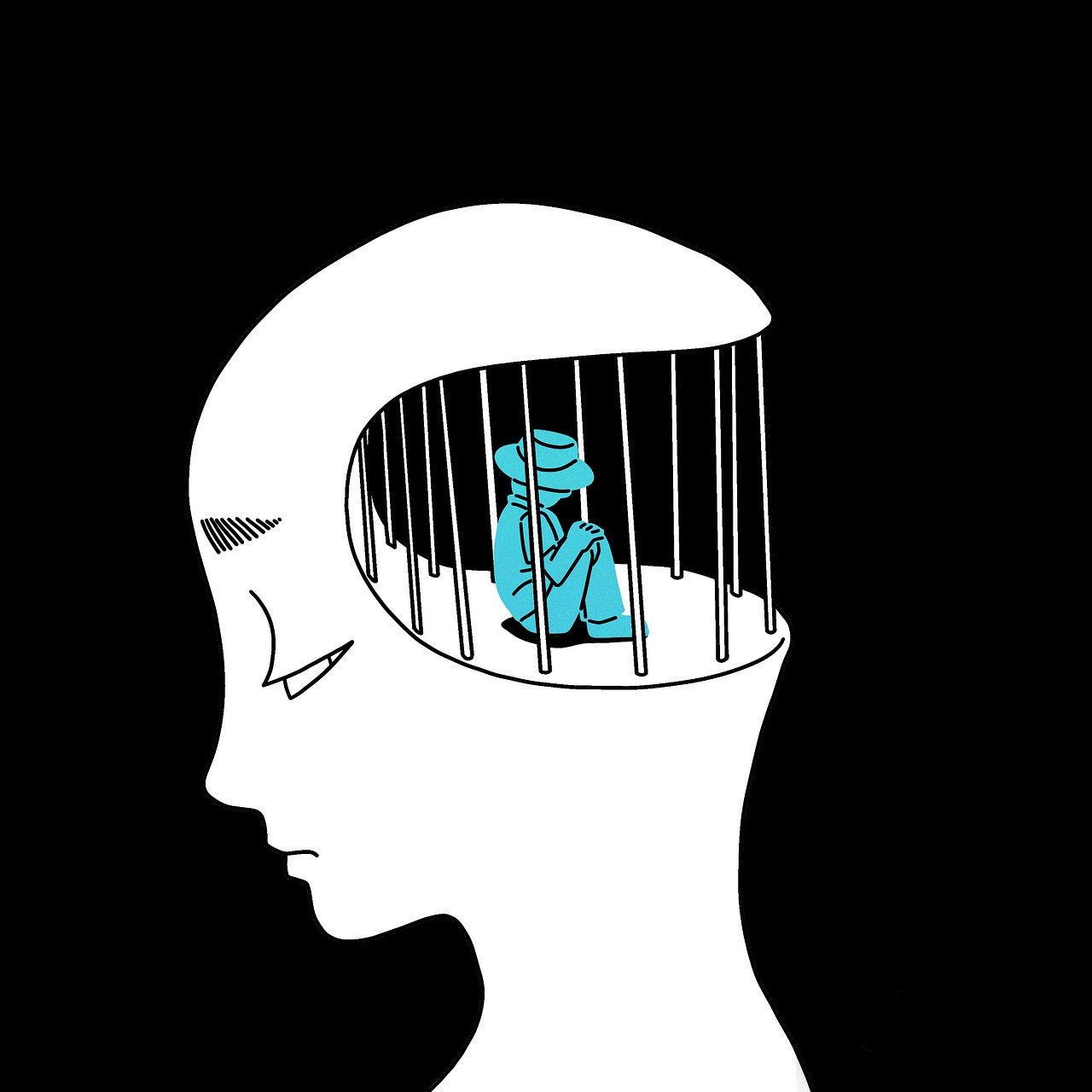

By Kelsie Lee and Poppy Gibson
Introduction
We all understand the importance of being able to talk about and seek support for, our mental health and wellbeing in order to maintain positive function and to feel happy in ourselves. There are many brilliant ideas that teachers are bringing into their classrooms to help nurture the wellbeing of their learners, such as yoga, meditation, and journaling, but what does the provision for such mental health training really look like on teacher education programmes here in England? Are teachers being well prepared to deliver such strategies or are these methods self-taught post-qualification? This blog post, coauthored by a course lead in Primary Education Studies, and a trainee teacher and recent graduate, considers whether there should be more rigorous mental health training as part of Initial Teacher Education (ITE) provision.

Wellbeing in schools
In 2023, the National Health Service (NHS) recorded that around 1 in 5 children and young people aged 8 to 25 years were identified as having a probable mental disorder. While mental health and wellbeing education in schools has become compulsory as part of the RSE (relationships and sex education and health education) curriculum, there is no formal mental health and wellbeing training for teachers. The teacher training Core Content Framework encompasses 5 ‘core’ developmental areas – behaviour management, pedagogy, curriculum, assessment, and professional behaviours. Each area is expected to be met in line with the 8 Teachers’ Standards. It is only Teachers’ Standard 7, to ‘Manage behaviour effectively’, that could be considered to have any relation to learning how to support pupils’ mental health and wellbeing. But even this places greater focus on learning how to deal with and manage pupil behaviour, instead of specifically learning how to support pupils with mental health and wellbeing needs.
Promoting children’s mental health and wellbeing will positively impact on their cognitive development. Therefore, teachers who are trained to appropriately support pupils’ mental health and wellbeing needs will, ultimately, provide pupils with school experiences that contribute to their holistic development. Despite academic achievement being a large contender for the purposes of education, children’s positive mental health and wellbeing experiences are the driving force for children’s success.
We may question, is it right that teachers should have to soak up the mental health support of young people when waiting lists for professional care are unacceptable?
The answer is no. Funding cuts and the teacher recruitment crisis are just two factors heightening the tensions we are seeing in schools, but the truth is that mental health is something we all need to know how to manage and understand as we grow. Sticking our heads in the sand is not going to help alleviate the amount of children in need of support. Teachers are very well placed to help facilitate important conversations with young people about mental health, and thus we must focus on upskilling them to help support these issues otherwise we are doing both teachers and their pupils a disservice.
On their website, Mind (2024) share some estimated statistics of specific mental health diagnoses for any given week in England:
Mixed anxiety and depression: 8 in 100 people
Generalised anxiety disorder (GAD): 6 in 100 people
Post-traumatic stress disorder (PTSD): 4 in 100 people
Depression: 3 in 100 people
Phobias: 2 in 100 people
Obsessive-compulsive disorder (OCD): 1 in 100 people
Panic disorder: fewer than 1 in 100 people (Mind, 2024).
Mind also highlight four complex mental health conditions that people may experience during their lifetime:
Antisocial personality disorder (ASPD): 3 in 100 people (in their lifetime)
Borderline personality disorder (BPD): 2 in 100 people (in their lifetime)
Bipolar disorder: 2 in 100 people (in their lifetime)
Psychotic disorders (including schizophrenia): fewer than 1 in 100 people (in any given year) (Mind, 2024).
When these conditions are likely to be encountered by young people or someone in their network, it is essential we are open to talking about support strategies. We recommend that all teacher training provision should include a mental health science component, where students learn about the most common mental health conditions listed above, including depression and anxiety, PTSD and OCD.
If around half of all lifetime mental health problems begin by the mid-teens, why are we not training our teachers to be able to effectively support children and young people in ways that prevent this statistic, instead of relying on the NHS to attempt to cure it?
By providing teachers a training education that sufficiently includes mental health and wellbeing training early in their careers, we can work to reduce these shocking statistics. Like children, teachers need to be well-supported.
Prevent rather than cure.
Links:
Mind (2024) Mental health facts and statistics. Available at https://www.mind.org.uk/information-support/types-of-mental-health-problems/mental-health-facts-and-statistics/
NHS (2023) Mental health of children and young people in England. Available at
https://digital.nhs.uk/data-and-information/publications/statistical/mental-health-of-children-and-young-people-in-england/2023-wave-4-follow-up
Kelsie Lee’s bio:
Kelsey has recently completed her degree in Primary Education and will be starting teacher training this coming September. She has a strong passion for all things education and strives to support mental health and wellbeing within this field.